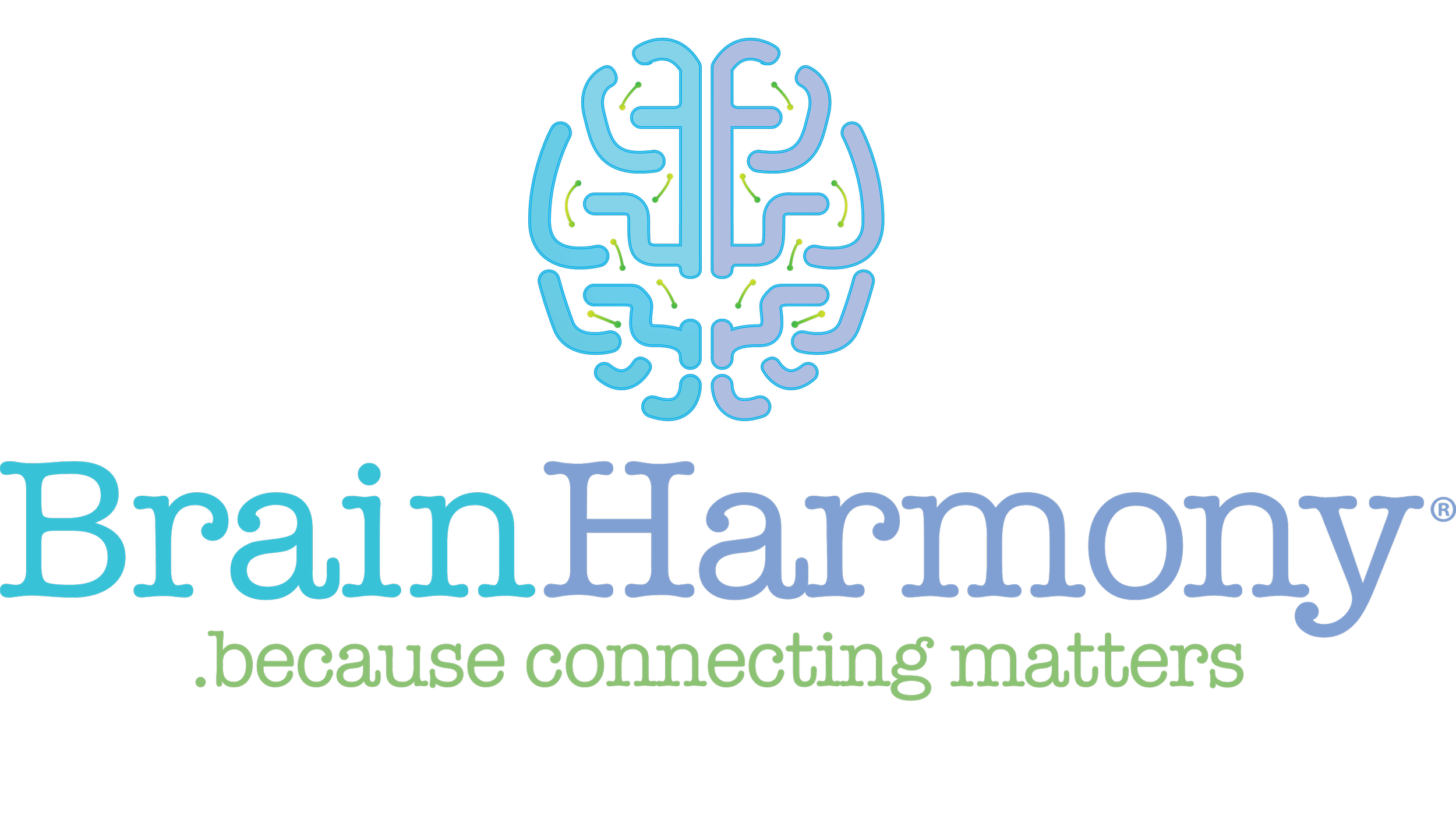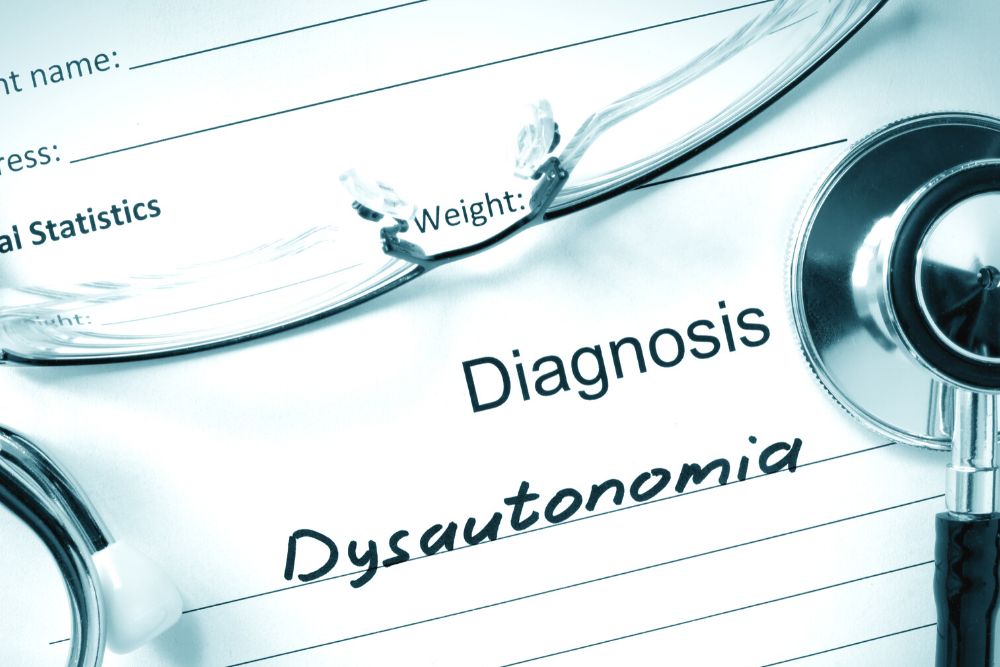What is Dysautonomia? A New Approach to Treating Nervous System Imbalances
Did you find yourself here after Googling “What is Dysautonomia?” If so, keep reading to learn what it is and what type of therapy is available for you.
In the last few years, we’ve seen an increasing number of patients with dysautonomia or other nervous system imbalances. They often come in quite frustrated -- in many cases, their previous attempts at therapy don’t work. Their symptoms make day-to-day life very difficult and they don’t know where to turn.
Standard approaches to managing dysautonomia -- gabapentin and other medications, physical therapy, counseling, and support groups -- may help with symptoms, but they typically fail to address the root cause of nervous system dysfunction.
At Brain Harmony, we specialize in treating dysautonomia and other imbalances of the nervous system. Let’s take a closer look at what dysautonomia is, its symptoms, and how our unique therapeutic approach can provide long-term, sustainable relief.
What is Dysautonomia?
Dysautonomia, also called autonomic dysfunction, is a condition where your autonomic nervous system (ANS) doesn’t function properly.
Your ANS controls many of your body’s subconscious actions (things like heartbeat, digestion, breathing, and reflexes). The ANS is split into two systems:
Your sympathetic nervous system (SNS) is in control of your fight-or-flight response. It increases your heart rate, breathing rate, cerebral blood flow, and other subconscious body functions. If you’ve faced danger or stress and felt your heart start pounding, you’ve experienced your sympathetic nervous system activate.
Your parasympathetic nervous system (PNS) is in control of your rest-and-digest response. It decreases heart rate, breathing rate, and other subconscious functions, calming your body down when your brain feels that things are safe.
Throughout your day, these two symptoms are in a constant dance. They balance each other in response to your body’s needs.
If you exercise, for example, your sympathetic nervous system activates, increasing your heart rate and breathing rate so your muscles get more oxygen.
Once you finish exercising, your parasympathetic nervous system kicks in, bringing things back to baseline so your body can relax and begin to recover.
How Dysautonomia Works
When your nervous system is working properly, your SNS and PNS balance each other out, keeping your body in a stable, healthy state.
But if one system stops responding properly, your nervous system stops working the way it’s supposed to. For example, your PNS may not adequately calm you down. As a result, your brain may stay in a constant state of alertness or anxiety, and you may feel like your heart is racing.
Alternatively, your SNS may not stimulate you enough, leaving you constantly exhausted and struggling to stay awake or pay attention.
Both of these situations are considered dysautonomia -- your nervous system has trouble creating balance.
Symptoms of Dysautonomia
Symptoms of dysautonomia vary widely, depending on the direction of the nervous system imbalance you experience. They can include:
Fatigue
Exhaustion
Brain fog
Anxiety
Depression
Excessive sleepiness or trouble sleeping
Fast or slow heart rate
Sweating too much, not enough, or not at all
Large, rapid swings in heart rate or blood pressure
Dizziness
Nausea
Vomiting
Gastrointestinal issues
Fainting
Muscle weakness
Trouble adjusting to temperature (overheating or always feeling cold)
Brain Harmony’s 5-Step Plan for Nervous System Imbalance
Dysautonomia can be devastating for those who have it. We’ve worked with a number of patients who come in feeling overwhelmed by their symptoms. Many are also disheartened by how little progress they’ve seen from previous treatments.
At Brain Harmony, we’ve developed a unique approach to treating nervous system imbalance. It involves five steps, each of which addresses the root causes of dysautonomia. Here’s a look at how each step works.
1. Vagal Regulation
Your vagus nerve carries signals from your brain to the rest of your body. It starts at the base of your brain and travels throughout your entire torso, connecting to most of your organs.
The vagus nerve also has a strong influence over your autonomic nervous system. Studies have found that stimulating the vagus nerve can improve nervous system regulation, relieving symptoms of nervous system imbalance long-term[*][*].
We use many tools and techniques to improve your vagus nerve regulation, teaching your nervous system how to better balance itself. A special treatment plan called the Safe and Sound Protocol is one of our favorites often achieving an improved vagal state in just 5 days. Another tool is the alpha stim AID supporting and maintaining vagal regulation.
2. Neurological Organization
Dysautonomia often makes it very difficult to focus and think clearly. It can also impact your energy levels, either causing you to be constantly wired and anxious or chronically fatigued.
One of the best ways to address these symptoms is neurological organization.
During treatment for nervous system imbalance, our licensed occupational therapists will give you brain training activities that are tailored to your symptoms. As you practice them, the activities will challenge your brain, gradually teaching it to rewire itself into a more organized structure.
In addition, we add an accelerator to the neurological organization called the Integrated Listening System’s (iLs), Focus System. The iLs is a multisensory device that retrains the nervous system into a stronger more organized system.
Our unique combination of exercises combined with the ils focus system can help you rewire your brain for more strength and stamina. You can also learn to rewire your sensory system so it’s less reactive, which can help with symptoms like overstimulation, fainting, overactive responses to stress, and anxiety.
One of our recent patients’ nervous systems was so over-reactive that any small amount of stress would make her black out and fall to the floor. After working with our therapists, her sensory reactions had returned to baseline, and she was able to function on most days. She has not had an episode in over two years.
3. Reflex Integration
Many of our patients with dysautonomia also struggle with reflexes. Because many of your reflexes are controlled by your autonomic nervous system, autonomic dysfunction can cause reflex issues. You may not react to things quickly enough, or you may have trouble with motor control and your reflexes may turn on at random times, even when there’s nothing for you to react to.
Our therapists specialize in reflex integration -- using specific training that strengthens your brain’s reflex pathways. As you train, you’ll teach your brain to reset its reflex pathways, improving your uncontrolled responses to stimuli.
Brain Harmony considers Dr. Sventalana Muskatova the pioneer of reflex integration and use her techniques in our protocols. The Masgutova Method®/MNRI (Masgutova Neurosensorimotor Reflex Integration) is self-described as using reflex patterns to awake the genetic sensory-motor memory to make it faster and easier for the nervous system to self-restore the impaired functions.
4. Therapeutic Activities
The vestibular system connects to your inner ear and controls balance and nausea.
However, the vestibular system has another, lesser-known connection to your behavior. It also has a strong influence over the way you process sensory information from your environment.
When your vestibular system is out of balance, your brain can struggle to receive sensory information via touch, hearing, and proprioception (your awareness of your body’s position in the space around you).
Dysautonomia often causes sensory issues -- dizziness, nausea, trouble focusing, and a sense of overwhelm when there’s too much going on in your environment. Studies have found that sensory integration therapy can help treat these symptoms and help your nervous system balance itself[*].
For that reason, we offer sensory integration therapy as well as a 5-Stage Exercise Plan to strengthen the vestibular system to our patients with nervous system imbalances.
5. Self-Care
Dysautonomia is often exhausting and overwhelming. As we’ve worked with patients to help them get better, we’ve learned that the best approach is to go slowly and let the nervous system lead.
Our Brain Harmony therapists will coach you through the therapy process and tweak your plan of care so that it meets your changing needs.
We’ll also include self-care strategies to make sure you get plenty of rest and recovery. Rewiring your brain is taxing; we want to help you reduce stress at home, work, and your other daily environments.
As you work your way through our 5-step plan of care, you can expect to see consistent improvement in your symptoms and day-to-day function. Our team is here to make sure you get the best therapy possible, personalized to your needs.
Are You A Good Candidate for Brain Harmony?
Dysautonomia can be overwhelming, and over time, it can take a major toll on your daily life. Many of our patients come to us frustrated with therapeutic approaches that don’t actually make much progress even after searching for answers for years.
Our unique, 5-step approach to nervous system balance addresses the root causes of nervous system imbalance. We help you build a stronger, more organized brain from the bottom up. The result is long-term improvement that makes a meaningful difference in how you live your life.
If you or a loved one is struggling with dysautonomia or another type of nervous system imbalance, we want to help. Schedule a free consultation to talk to our licensed therapists about your needs. Together, we’ll come up with a custom plan of care to help you get better.

